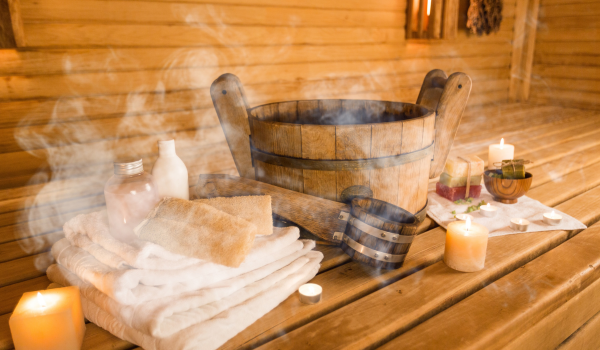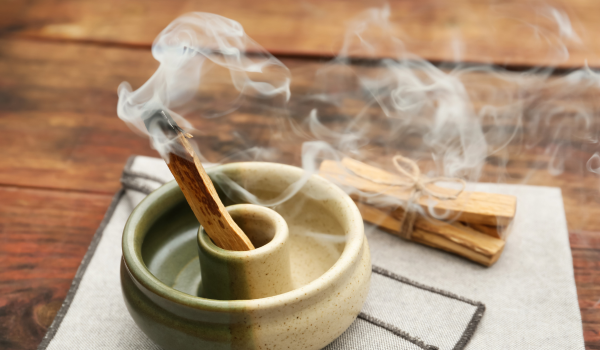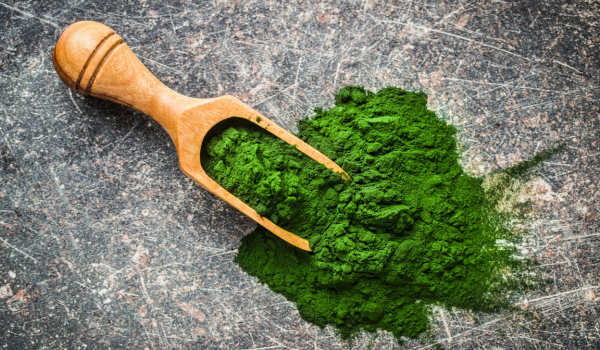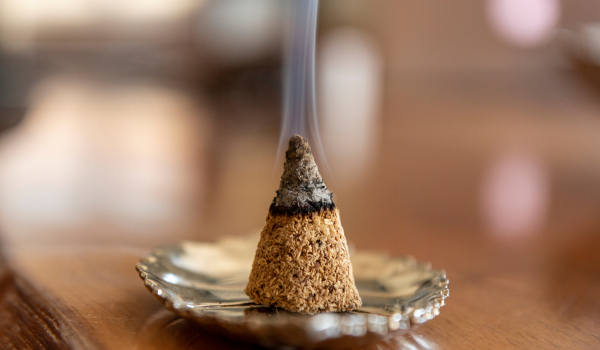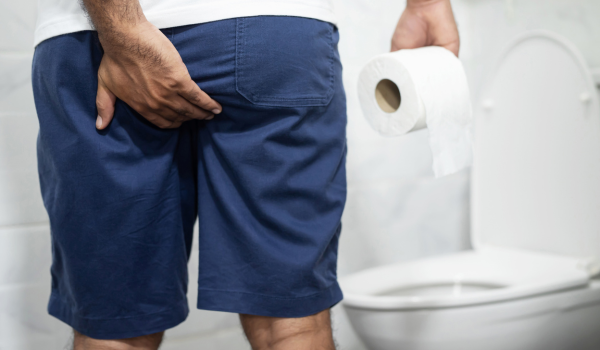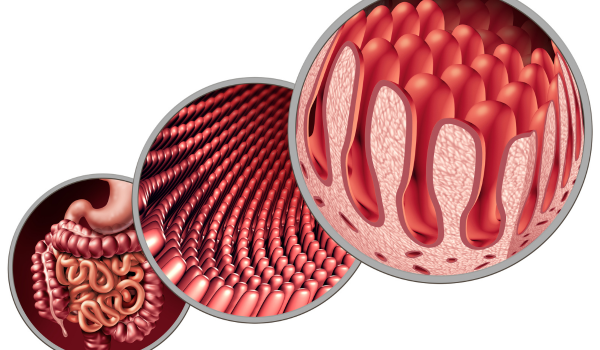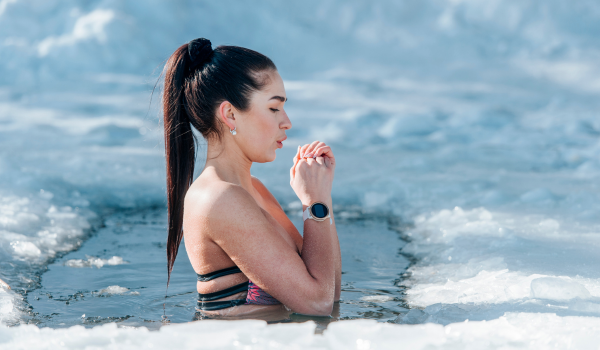
Ice baths, also called cold water immersion (CWI), involve submerging your body in ice water for 5–15 minutes. A form of cryotherapy, ice baths are popular for athletes and fitness enthusiasts due to potential benefits for inflammation, muscle recovery, immune health, and mental wellness.
Reduces Inflammation
Cold exposure narrows blood vessels, reducing swelling, inflammation, and pain. When ice water contacts skin, cold receptors send signals to the brain, providing a pain-reducing effect.
-
Blood vessel constriction may lower tissue inflammation.
-
Upon exiting the bath, increased blood circulation can help flush inflammatory compounds.
Relieves Sore Muscles
Studies show CWI after exercise reduces muscle soreness and improves recovery for up to 24 hours.
-
A 2021 review of 32 trials confirmed reduced post-workout pain.
-
Some studies note conflicting results, showing potential decreases in muscle mass or strength with frequent cold immersion.
Helps With Exercise Recovery
Ice baths may accelerate recovery from intense exercise.
-
Research indicates lower levels of creatine kinase and lactate in athletes after cold water therapy, reducing fatigue and muscle damage.
-
Cold therapy might slightly impair athletic performance; more research is needed.
May Support Immune Health
Regular cold exposure may enhance immune function:
-
Swimmers in cold water experience fewer respiratory infections.
-
Cold triggers stress hormones and mild inflammation, stimulating antioxidant defenses and immune activation.
May Improve Mental Health
Cold water immersion may positively impact mood and stress:
-
Small studies show improved self-esteem, alertness, and reduced tension and anger after CWI.
-
Mental health benefits appear with brief (5–20 minute) sessions, but larger studies are needed.
How To Take an Ice Bath
You can take ice baths at home, in lakes, or at fitness centers.
Steps:
-
Place a towel nearby and wear light athletic clothing.
-
Fill a tub with cold water and ice (50–59°F / 10–15°C).
-
Set a timer for 10–15 minutes.
-
Submerge slowly up to your neck and breathe deeply.
-
Exit carefully, dry off, and warm your body.
-
Have a partner nearby if trying ice baths for the first time.
Duration and Frequency
-
Typical immersion: 5–15 minutes.
-
Frequency: A few times per week; athletes may benefit from daily use within an hour post-exercise.
Possible Risks and Side Effects
Ice baths carry some risks, including:
-
Cold panniculitis (itchy, painful skin rash)
-
Cold shock response (spike in heart rate and blood pressure)
-
Hypothermia
-
Ice burn or frostbite
-
Nerve damage or permanent neuropathy
Consult a healthcare provider if you have conditions like cold urticaria, heart or lung issues, or Raynaud’s syndrome.
Other Types of Cold Water Therapy
-
Cold showers: 5–15 minutes under cold water; may reduce inflammation and increase alertness.
-
Contrast water therapy: Alternating hot and cold immersion for injury recovery.
-
Wim Hof Method (WHM): Combines cold exposure, breathing techniques, and meditation; may reduce stress and improve cardiovascular health.
Quick Review
Ice baths are a form of cold water therapy that may help reduce inflammation, relieve sore muscles, support recovery, strengthen immunity, and improve mood. While evidence is promising, more research is needed. Take precautions and consult a healthcare provider if you have underlying health conditions before attempting ice baths.


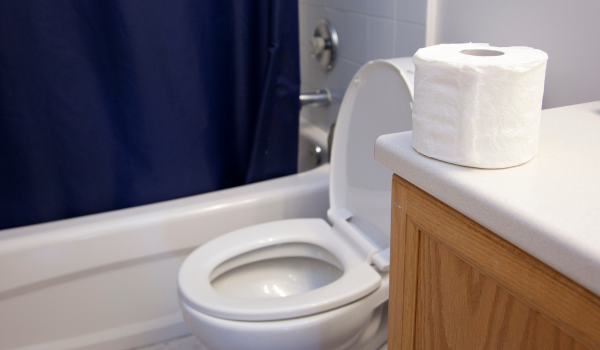



.png)




